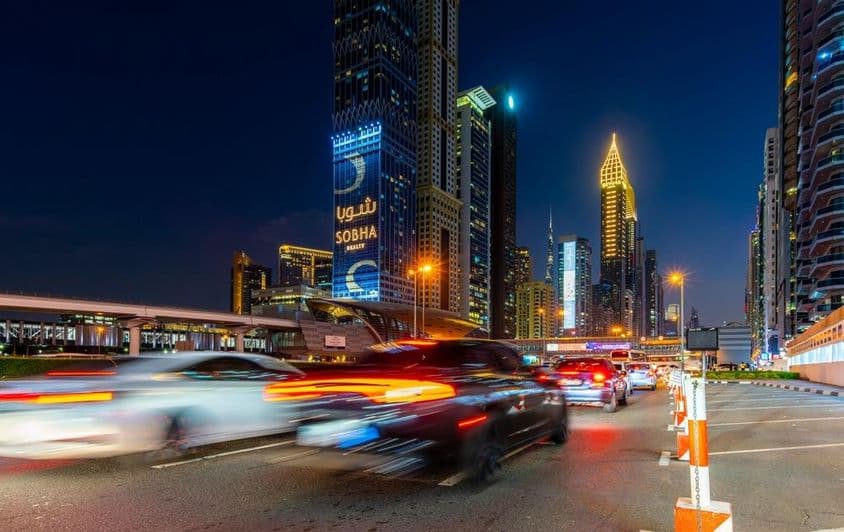Speed Reduction Alone Isn’t Enough

Speed Reduction Alone Isn’t Enough for Traffic Safety
A recent study has highlighted that merely reducing speed limits does not ensure that drivers will actually slow down. Research conducted by the Massachusetts Institute of Technology (MIT) Senseable City Lab, using artificial intelligence, found that street design plays at least as significant a role in adherence to speed limits as road signs do.
Differences Between Old and New City Areas
Dubai’s urban structure presents a stark contrast. Older districts, like Deira and Bur Dubai, are densely built with narrow streets that naturally slow down traffic. In contrast, newer parts of the city feature wide, open roads and long visible distances encouraging faster driving.
The research revealed that in 30 km/h zones, drivers only travel 2–3 km/h slower on average compared to similar 50 km/h streets unless the road environment intuitively encouraged them to slow down.
The Role of Artificial Intelligence
The study modeled how street design affects driving speed in various city districts by analyzing millions of images and vehicle movement data. The findings suggest that physical elements—such as narrowing lanes, installing rows of trees, or interrupting long straight stretches—significantly increase the likelihood of compliance with speed limits.
The AI-based model can predict how a specific street design change—like altering curbs or adding trees—will impact vehicle speeds even before construction begins.
Targeted Interventions in City Districts
In densely built-up areas: enhancing pedestrian infrastructure, establishing safer crossings, and reducing vehicle-pedestrian conflicts.
In newer neighborhoods: reducing lane width, installing rows of trees, and interrupting the visual road length to moderate speed.
International Comparison
In addition to Dubai, the research was also conducted in Milan and Amsterdam, making it possible to compare different urban structures and traffic cultures. Dubai is a special case, as it simultaneously presents historic urban fabric and modern, car-centric developments, making it an ideal field for the study.
Conclusion
The research confirms that modifying speed limits alone is insufficient to improve road safety. Thoughtful street design—complemented by appropriate signage—is essential for encouraging drivers to adhere to speed limits naturally and willingly.
(Source of the article: Based on a summary from the Massachusetts Institute of Technology (MIT).)
If you find any errors on this page, please let us know via email.


